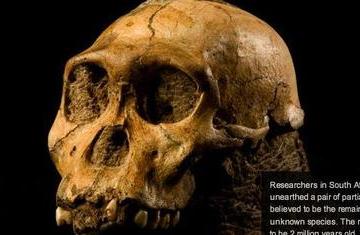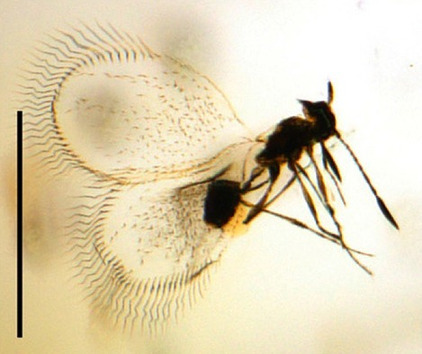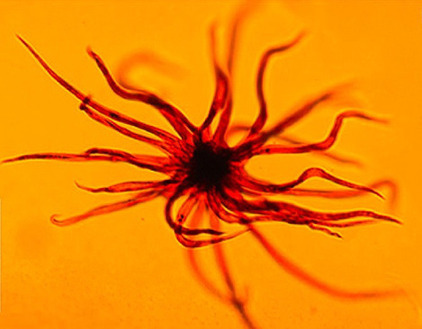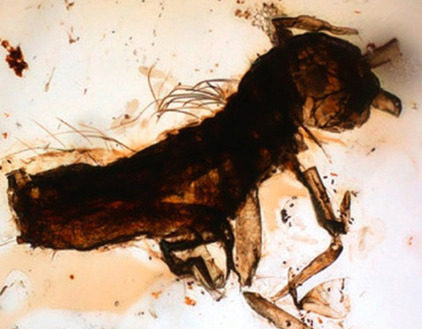
Above: The discovery of the remains was akin to stepping into
a time machine, said Dr. Lee Berger from the University of the
Witwatersrand in Johannesburg.
CNN
By Alan Silverleib, CNN
April 8, 2010 — Updated 1655 GMT (0055 HKT)
Scientists may have discovered a new branch on your family tree.
A team of researchers working in South Africa has unearthed what they believe are the remains of a previously unknown species predating modern humans. They recently discovered a couple of partial skeletons. The two are believed to have been significantly taller and potentially stronger than “Lucy,” the roughly 3 million year old skeleton discovered in Ethiopia in 1974. Known as “Australopithecus sediba,” the pair may provide a window into a previously little-defined period in human evolution. Read more.
Related:
African Fossil Changes Ideas of Ant Origins
The New York Times
By SINDYA N. BHANOO
Published: April 5, 2010
The first fossil ant from Africa, found in amber dating back 95 million years, challenges a previously held theory that ants originated in North America or East Asia. The finding is part of a larger study published in the Proceedings of the National Academy of Sciences identifying 28 fossilized insects, one spider and one mite, as well as a variety of flora all trapped in amber from Ethiopia. Read more.
Wired Science
95 Million-Year-Old Bugs Found in African Amber Surprise Scientists
By Brandon Keim
April 5, 2010
Images: Photos From Alexander Schmidt/PNAS: 1) Wingless ant;
2) False fairy wasp; 3) Tree fern; 4) Springtail. Diagram: Breakup
of Pangea./USGS.
Newly discovered pieces of amber have given scientists a peek into the Africa of 95 million years ago, when flowering plants blossomed across Earth and the animal world scrambled to adapt.
Suspended in the stream of time were ancestors of modern spiders, wasps and ferns, but the prize is a wingless ant (above) that challenges current notions about the origins of that globe-spanning insect family.
“Most specimens represent a unique fossil record of their group from Africa, and some are among the oldest records in the world,” wrote researchers in a paper April 5 in the Proceedings of the National Academy of Sciences. Read more.




























